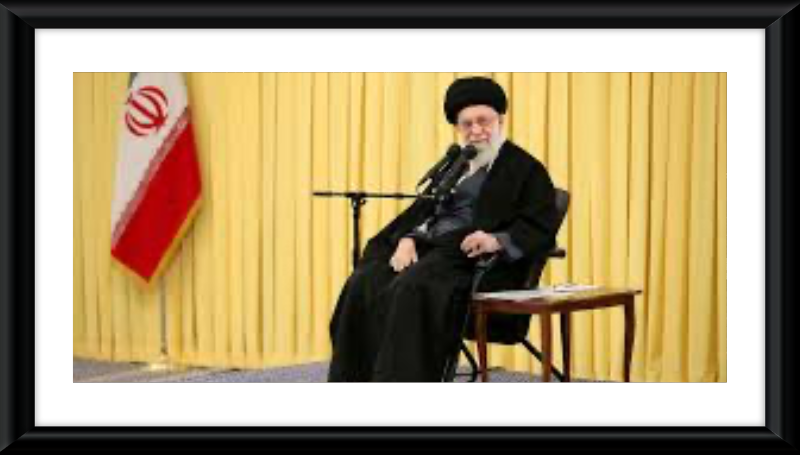Herb Keinon
Jerusalem Post, June 15, 2025
“… while Egypt and Syria in 1973 used conventional armies to challenge Israel, Sinwar believed that mass terror could achieve even bloodier and more far-reaching results.”
“In our view, the conditions in Israel after the Al-Aqsa Storm are historic, and in my opinion, it is the starting point of history itself.”
So said Iran’s Intelligence Minister Esmaeil Khatib on October 30, 2023, less than a month after Hamas’s barbaric assault (Al-Aqsa Storm). The attack – mass murder, rape, and abduction on a scale not seen in Israel’s history – was met not with condemnation by Tehran but with praise and triumphalism.
Iran’s Supreme Leader Ayatollah Ali Khamenei called the assault “logical and legal,” adding that, “the Palestinians were right.”
One rather doubts whether he still believes today that “the Palestinians were right” about unleashing that “storm.”
Hamas leader Yahya Sinwar believed that the massacre on the Jewish holiday of Simchat Torah would set off a chain of events that would redraw the Middle East map. It did – but not in the way he imagined.
Sinwar saw October 7 as a tidal wave against Israel
According to intelligence assessments and interrogations conducted since the war began, Sinwar saw the attack not merely as a military operation but as a historic inflection point. He referred to it as an “earthquake” – a strategic jolt designed to shake the foundations of the existing regional order and replace it with a vision shared with Iran of a Mideast “free” of Israel.
[To read the full article, click here]


